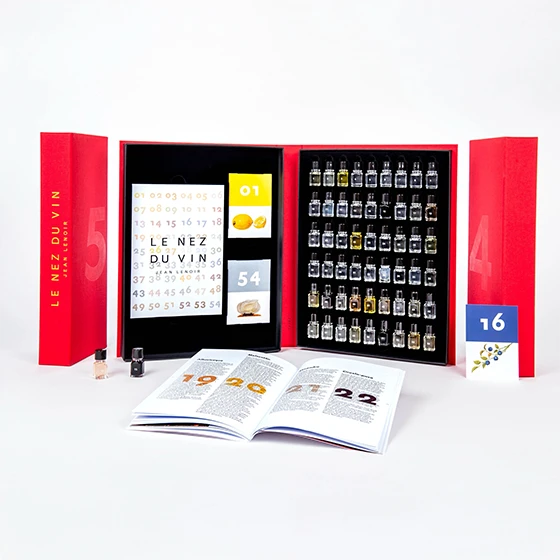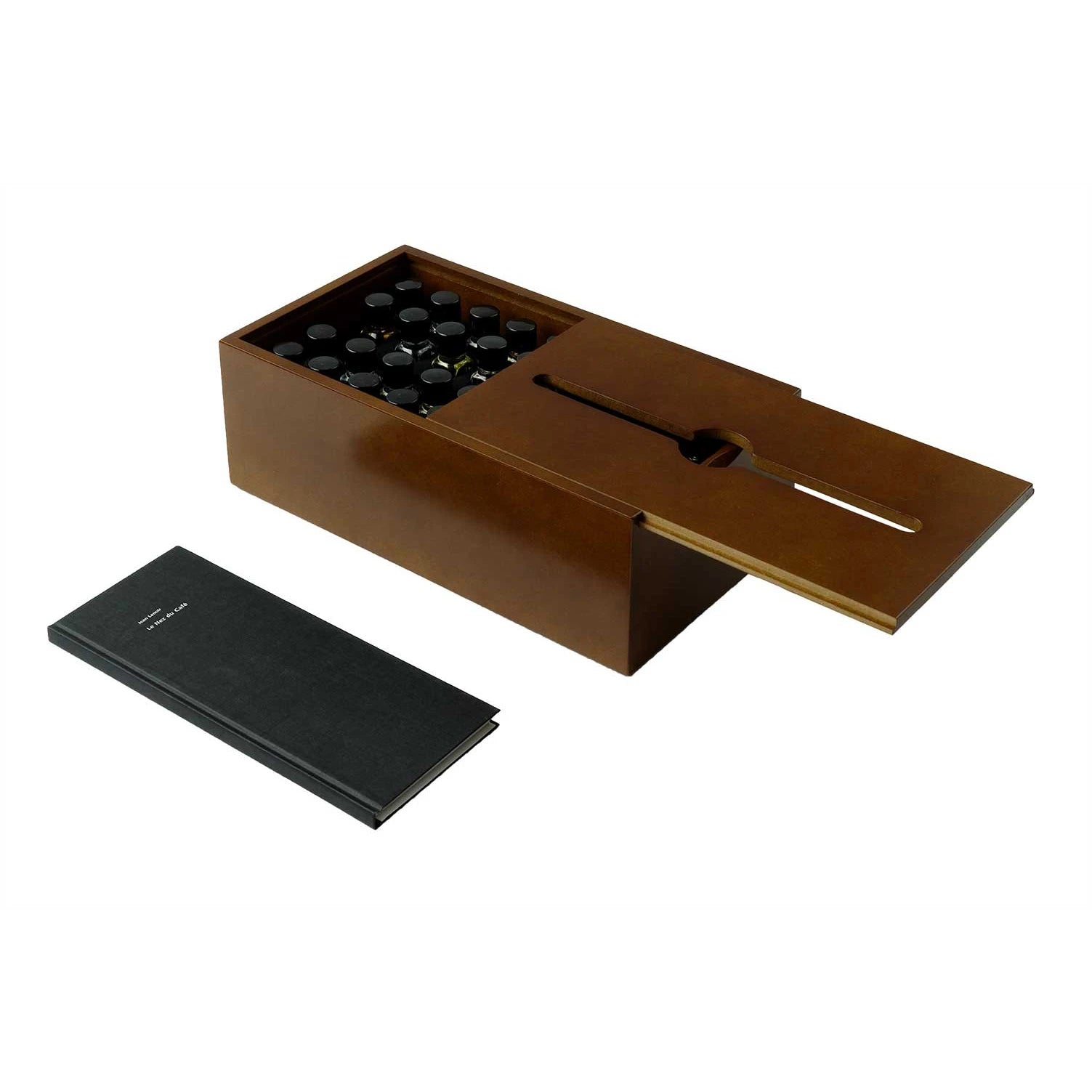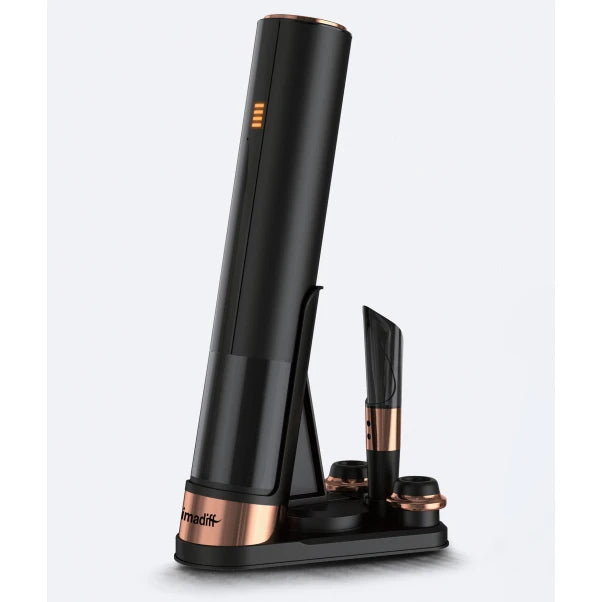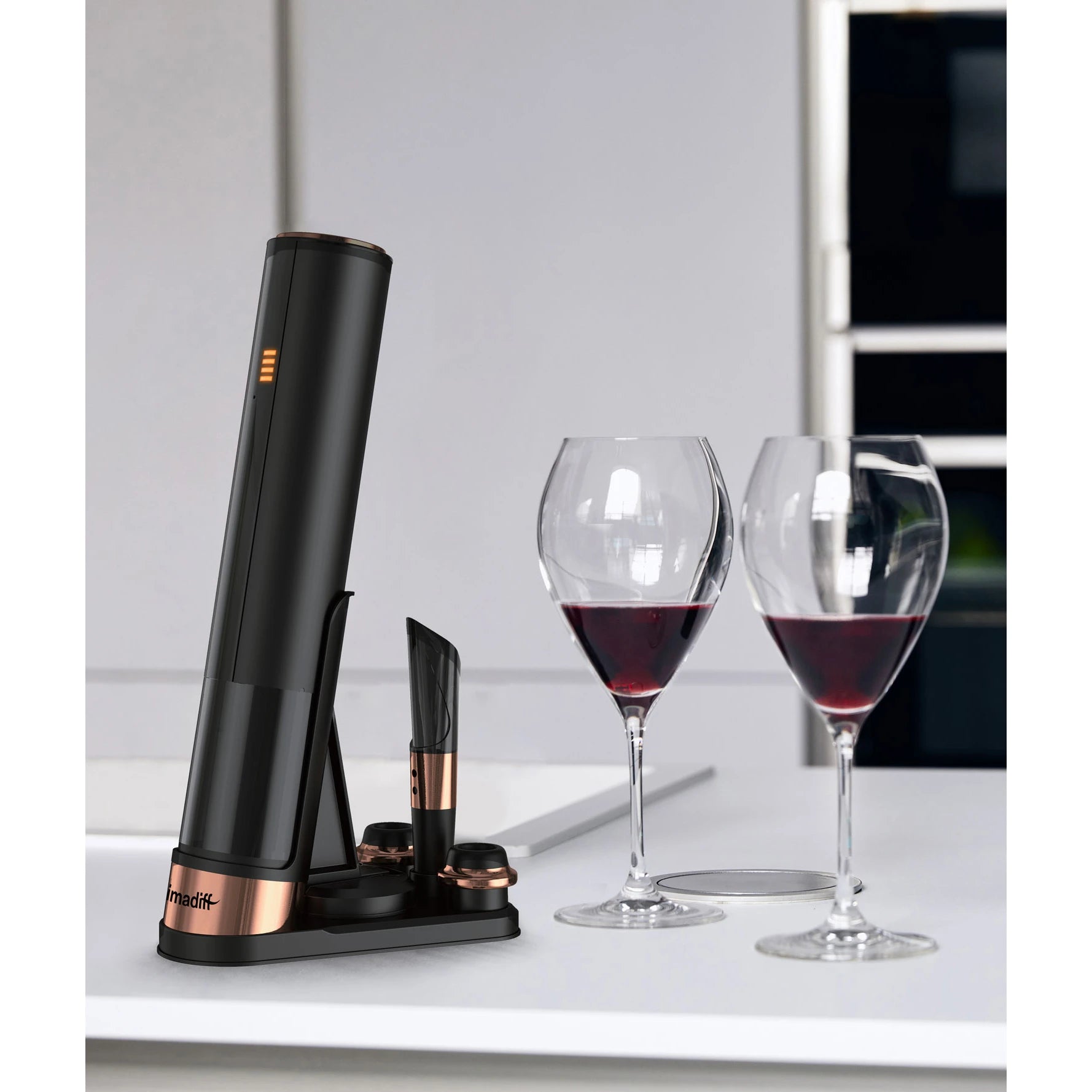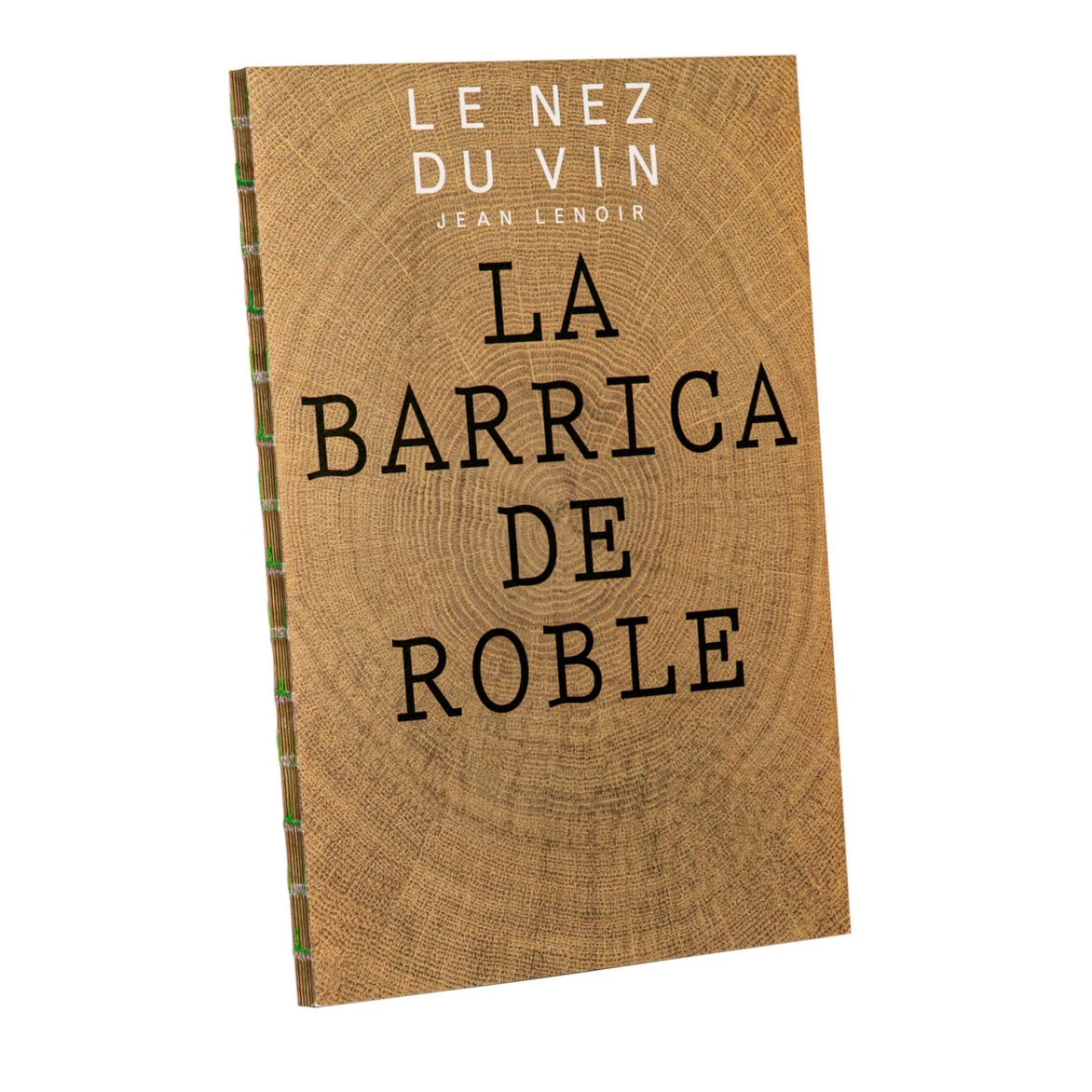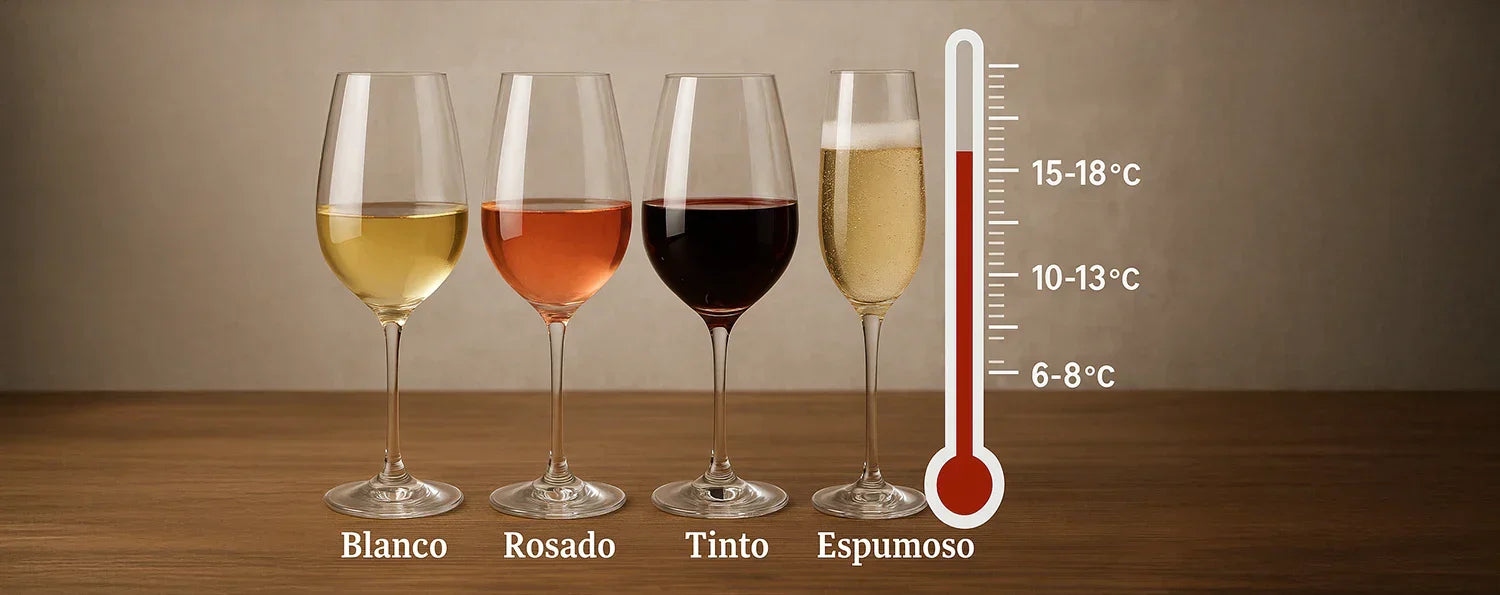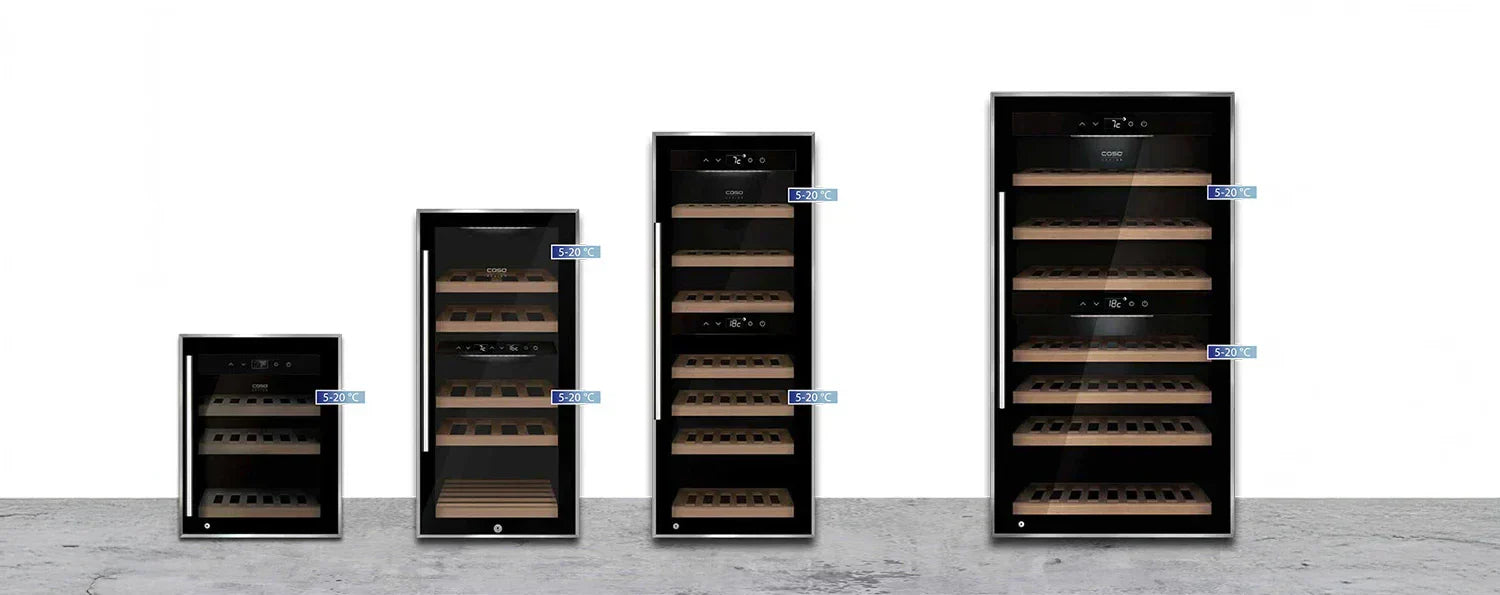From its humble origins to becoming an essential item in homes and wine cellars around the world, the corkscrew has come a long way. Over the centuries, this ingenious device has evolved in design and functionality, but its purpose remains the same: to make opening wine bottles easier and allow us to enjoy its flavors and aromas. In this Arcticle, we'll explore the corkscrew's rich history, discovering how it originated, how it has evolved, and how it has become the instrument we know and love today.
Join us on this fascinating journey through time as we discover key moments in the history of the corkscrew, the innovations that shaped its design, and how this humble device has earned a place in the hearts of wine lovers around the world. Prepare your glass of wine and immerse yourself in the fascinating history of the corkscrew!
Early origins: 17th and 18th centuries
The corkscrew has its roots in the 17th century, when glass bottles sealed with cork became popular for storing wine. Before then, wine was stored in barrels or ceramic containers. The invention of cork as a bottle stopper brought with it the need for a device that would facilitate its extraction.
The first known corkscrew was based on the tool used by gunsmiths to extract bullets embedded in the barrels of firearms. In the late 17th century, "tire-bouchons" (as they were known in French) began to appear, although they were more rudimentary than later versions. They were T- or S-shaped steel tools that were inserted into the cork and manually turned to extract it.
19th Century: Innovations and Patents
It was in the 19th century that the corkscrew began to evolve, taking on different shapes and mechanisms. In 1795, British author Samuel Henshall patented the first corkscrew with an improved design that included a flat disc, called a "button," which prevented the spiral from slipping and provided a better grip on the cork.
In 1860, American Edward Thomason invented a double-action corkscrew, known as "Thomason's Patent." This design used a gear mechanism and two levers that made cork removal easier and less laborious.
20th Century: Modern and refined designs
Throughout the 20th century, the corkscrew continued to evolve, adopting more sophisticated and functional designs. In 1930, Dominick Rosati invented the "wing corkscrew," characterized by its two wing-shaped levers that rise as the spiral is turned and are pressed down to extract the cork.
Another popular design is the "waiter's corkscrew" or "two-step corkscrew," which incorporates a blade to cut the capsule, a spiral to extract the cork, and a hinged lever that allows the cork to be extracted in two steps, reducing the effort required.
21st Century: Contemporary Innovations
Today, the market offers a wide variety of corkscrews to suit different needs and preferences. From traditional hand-held corkscrews to electric and automatic ones, wine lovers can choose from a wide range of options. Some recent innovations include compressed air corkscrews that use CO2 gas to effortlessly eject the cork and minimalist designs that combine functionality and aesthetics.


